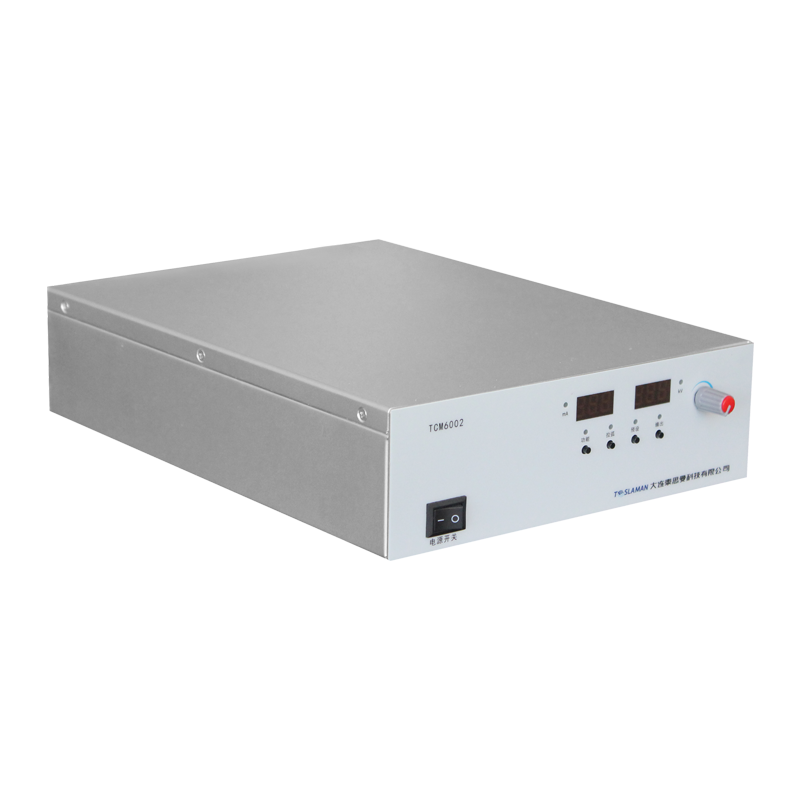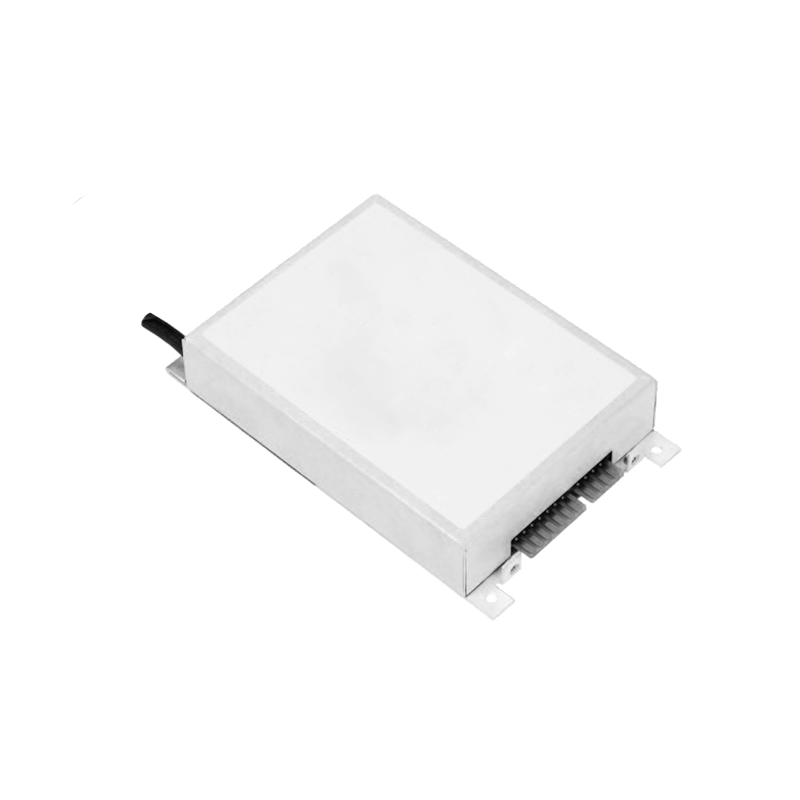Portable High-Voltage Power Supply Solutions for Luggage Inspection: Technological Innovations and Applications
1. Technical Challenges in Portability
Traditional luggage inspection systems rely on fixed grid-powered high-voltage supplies, typically weighing over 1000 kg, with auxiliary cooling systems and shielding structures, making them unsuitable for mobile scenarios. Portability requires overcoming three key barriers:
1. Lightweight Design: Integrating high-voltage generators, X-ray tubes, and cooling systems into compact enclosures while maintaining stable output (e.g., 100–160 kV tube voltage, 0.4–1.2 mA tube current).
2. High-Voltage Stability: Power fluctuations during movement can degrade imaging quality (e.g., requiring 4096-level grayscale resolution), necessitating solutions for voltage ripple in battery-powered systems.
3. System Integration: Unifying high-voltage generation, control, and detection modules with low power consumption (<2000 W) and high protection ratings (IP65+).
2. Key Technological Breakthroughs
1. High-Efficiency Power Modules
Bidirectional Voltage-Doubling Rectifier: A novel circuit topology converts low-voltage DC (e.g., 48V) from lithium batteries to high-voltage DC, reducing ripple by 40% and increasing efficiency to over 90% while minimizing component size.
Intelligent Battery Management: High-energy-density lithium batteries (e.g., NMC) with dynamic voltage regulation support operation from -5°C to 40°C, providing ≥8 hours of runtime and hot-swappable capabilities.
2. Compact Thermal and Structural Design
Oil Cooling Circulation: Sealed micro-oil-cooling modules replace traditional air cooling, achieving heat dissipation densities of 100W/cm³ to ensure continuous X-ray tube operation without frequency reduction.
Composite Materials: Aluminum frames with carbon fiber shells reduce weight to <30 kg (vs. >100 kg for conventional systems) and withstand 1.5-meter drop tests.
3. Integrated Smart Control Systems
Modular Circuit Design: High-voltage ripple detection, voltage sampling, and load current monitoring are consolidated onto a single motherboard. Digital isolation (e.g., optocouplers) ensures safety between high-voltage and low-voltage sections with <0.1% error.
User-Friendly Interfaces: Touchscreens with self-test functions (e.g., audio-visual alerts for radiation status) and Wi-Fi for remote image transmission.
3. Safety and Reliability Assurance
1. Radiation Protection
Lead Shielding: Channel lead curtains ≥0.35 mm lead equivalent limit leakage to <0.05 μGy/h at 5 cm from the surface, complying with GBZ 127 standards.
Multi-Layer Safety Locks: Opening panels automatically cuts high-voltage supply, with dual emergency stop buttons responding in <10 ms.
2. Dual-Power Redundancy
Automatic switching between grid and battery power (<30 ms transition) prevents inspection interruptions. Overvoltage/overcurrent protection withstands 20A surge currents.
4. Application Prospects
1. Mobile Security Scenarios: Ideal for temporary checkpoints at large events or transport hubs, processing >1000 people/hour with single-scan doses <0.2 μSv.
2. Emergency Response: Rapid deployment in disaster zones, paired with drones for scanning hazardous areas, delivering 1920×1080 resolution images.




















